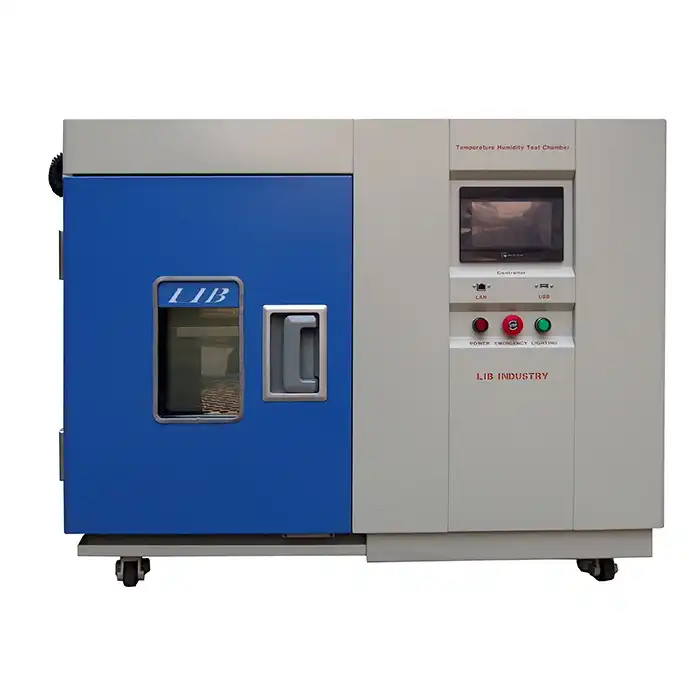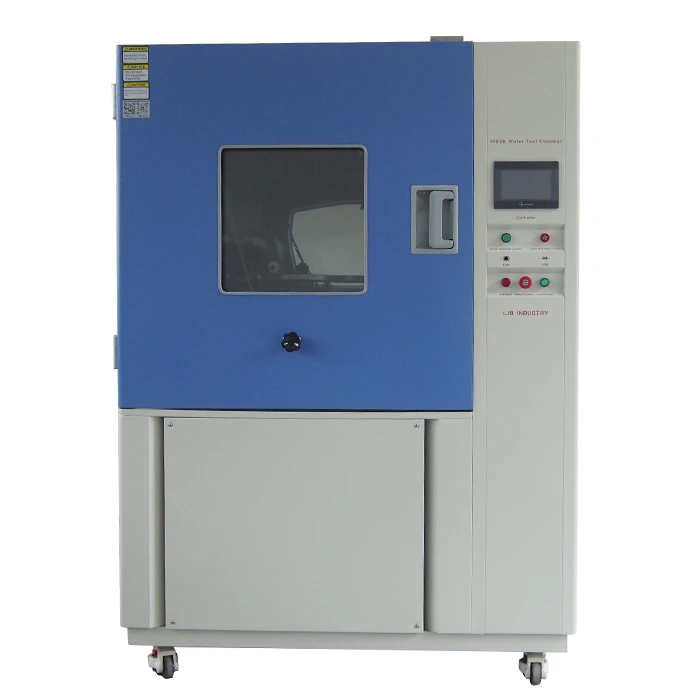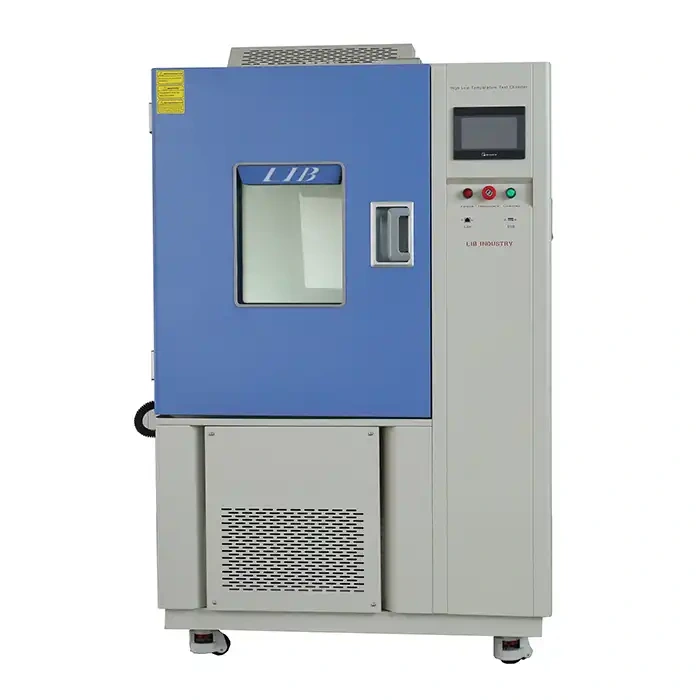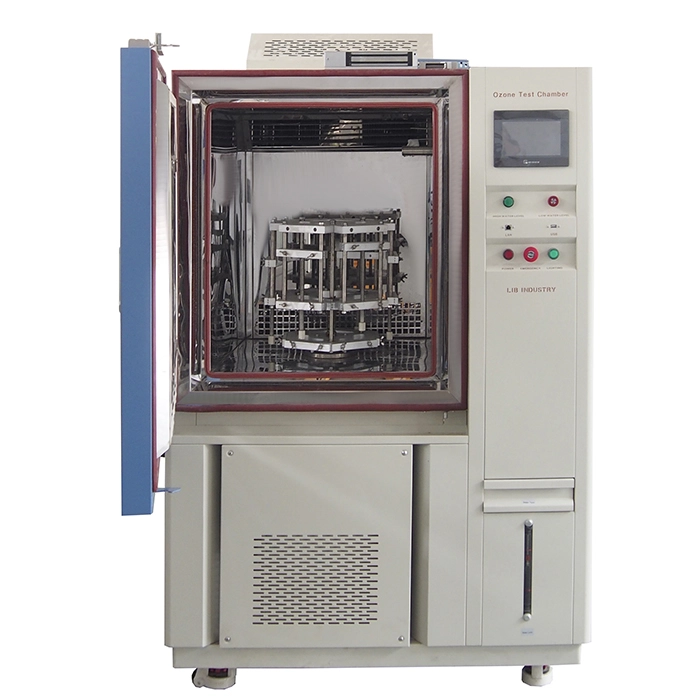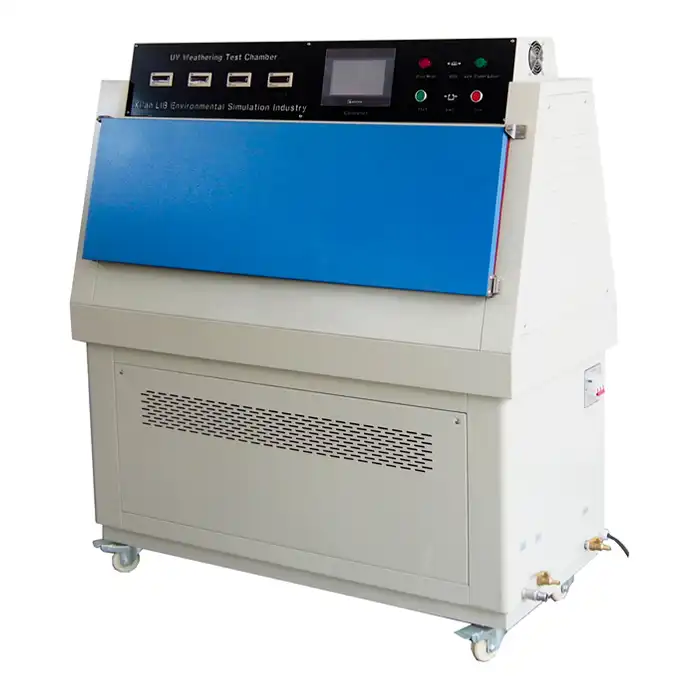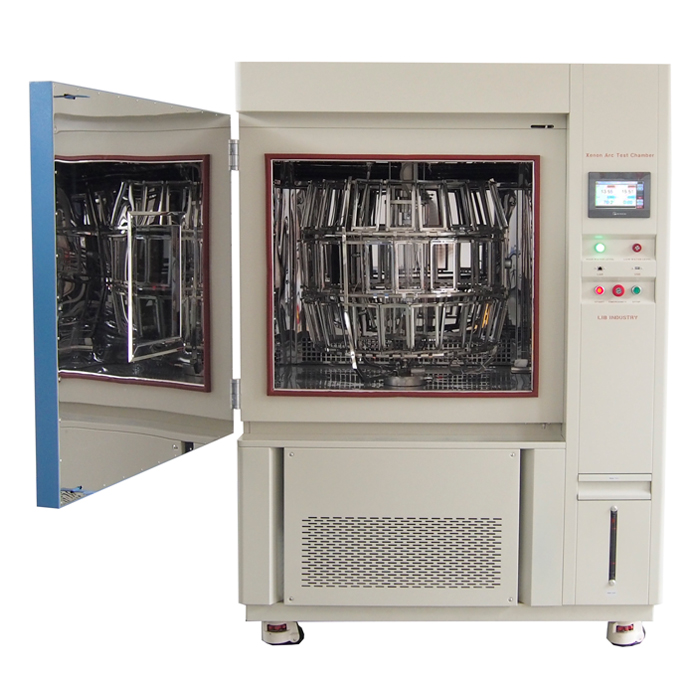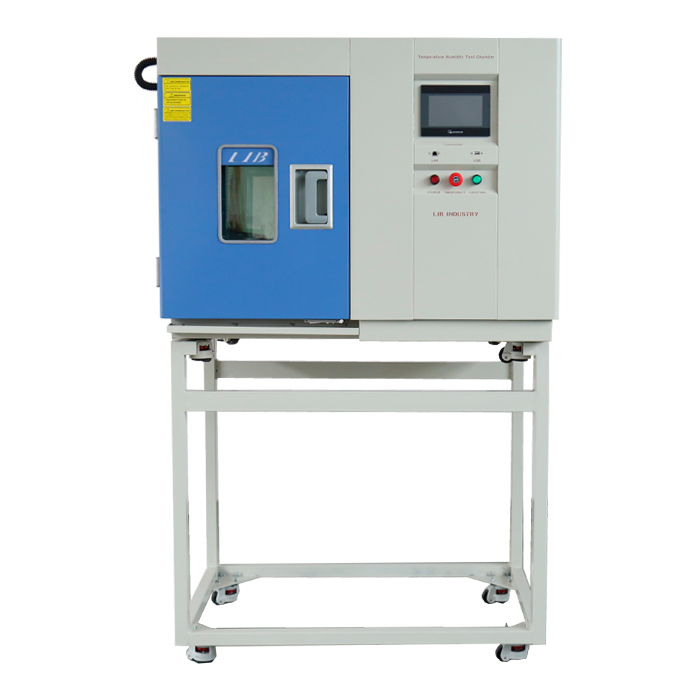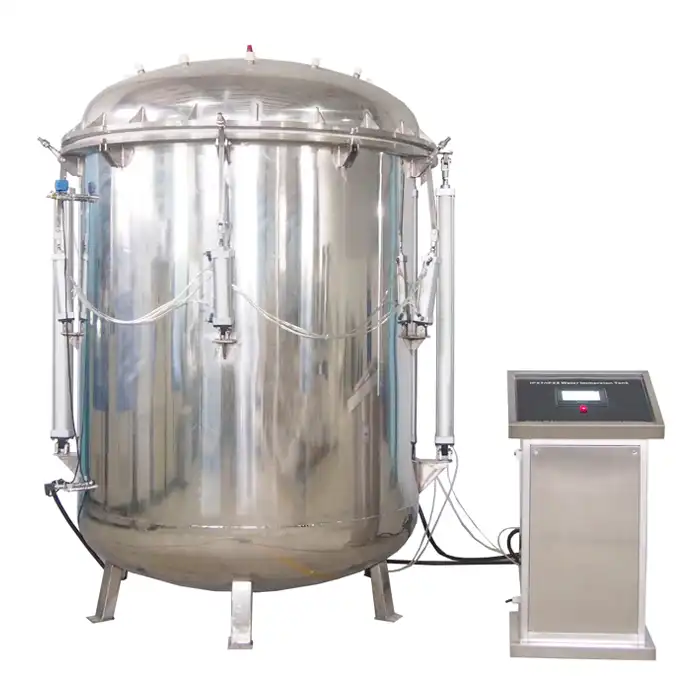How to select the right Dust Test Chamber for my needs?
When it comes to testing products for their resistance to dust and particulate matter, a dust test chamber is an indispensable tool. Whether you're in the electronics, automotive, or aerospace industry, selecting the appropriate dust chamber can make a significant difference in the quality and reliability of your products. This comprehensive guide will walk you through the key factors to consider when choosing a dust test chamber, ensuring you make an informed decision that aligns with your specific requirements.
Understanding Dust Test Chambers and Their Importance
What is a Dust Test Chamber
A dust test chamber, also known as a dust chamber, is a specialized environmental testing equipment designed to simulate dusty conditions and evaluate the resistance of products to dust ingress. These chambers create controlled environments where products are exposed to various types and concentrations of dust particles, allowing manufacturers to assess their products' durability and performance in challenging conditions.
The Significance of Dust Testing
Dust testing plays a crucial role in product development and quality assurance across numerous industries. By subjecting products to simulated dusty environments in dust chambers, manufacturers can identify potential weaknesses, improve designs, and ensure compliance with industry standards. This proactive approach helps prevent product failures, enhance customer satisfaction, and reduce warranty claims. Advanced dust testing techniques now incorporate real-time monitoring of the products during the test, ensuring precise and reliable results.
Types of Dust Test Chambers
There are various types of dust test chambers, each tailored to simulate specific environmental conditions. Talcum powder dust chambers are commonly used for fine particulate testing, while Arizona road dust chambers replicate the effects of desert dust on products. Cement dust chambers simulate exposure to construction environments, and coal dust chambers test products in industrial settings. Custom dust chambers can be designed to replicate unique dust types or specific industry conditions. Choosing the right chamber depends on the product's intended use and the type of dust exposure it may face.
Key Factors to Consider When Selecting a Dust Test Chamber
Chamber Size and Capacity
When selecting a dust test chamber, it's essential to choose one that can comfortably accommodate both your current and future testing needs. A larger chamber provides flexibility for testing a wide range of products, from smaller components to larger assemblies. This extra space ensures that your testing setup can evolve as your product range grows, reducing the need for future upgrades.
Dust Concentration and Distribution
A dust test chamber with precise control over dust concentration and uniform distribution is crucial for reliable testing. Advanced circulation systems ensure that all test specimens are exposed to consistent dust levels, eliminating variations that could affect results. This feature is vital for ensuring repeatability and accuracy, helping manufacturers make informed decisions based on the most accurate data possible.
Temperature and Humidity Control
Many dust test chambers come with built-in temperature and humidity control, enabling you to replicate complex environmental conditions alongside dust exposure. This feature is especially valuable for testing products that need to perform in fluctuating climates. By incorporating these additional parameters, manufacturers can assess product durability in more realistic, real-world conditions, ensuring a thorough evaluation of performance.
LIB Dust Chamber

View window
Double-layer tempered glass, specially designed seal, with good impact resistance and prevention of sand and dust leakage.
light
The built-in dustproof LED lighting inside the workroom makes it clear to observe the test specimen. The light can be turned on and off at the controller panel button.


Mesh screen
Nominal Width of a Gap Between wires: 75um.
Normal Wire Diameter of Talcum powder supplied by LIB : 50um.
Electromagnetic lock
When the dust test chamber is in the dust state, the electromagnetic lock is locked and can be unlocked only through the controller interface. The purpose of this device is to prevent the possibility of dust leakage by accident.

Advanced Features and Technologies in Modern Dust Chambers
Automated Test Cycles
Modern china dust for testing often feature advanced programmable controllers that facilitate automated test cycles, increasing efficiency and ensuring consistent results. These systems typically come with user-friendly interfaces, enabling operators to set up tests quickly. Additionally, the ability to store multiple test profiles simplifies the process, allowing for easy switching between different testing conditions. This makes it easier to streamline testing procedures and improve productivity.
Real-time Monitoring and Data Logging
Advanced dust test chambers often include sophisticated monitoring systems that track key test parameters such as dust concentration, temperature, and humidity in real-time. With integrated data logging, manufacturers can analyze test results thoroughly and maintain accurate records for compliance. Additionally, chambers with remote monitoring features offer greater flexibility, allowing users to monitor test progress from a distance, enhancing convenience and control.
Compatibility with International Standards
When selecting a dust test chamber, it is essential to ensure it meets key international testing standards, such as IEC 60529 for IP ratings or MIL-STD-810 for military applications. Choosing a chamber that complies with multiple standards enhances its versatility, making it suitable for a broader range of testing needs. This ensures your products meet global quality and safety requirements across various industries.
Conclusion
Selecting the right dust test chamber is a critical decision that can significantly impact your product development and quality assurance processes. By carefully considering factors such as chamber size, dust control capabilities, and advanced features, you can decide a dust chamber that aligns perfectly with your testing needs. Remember to assess your current and future requirements, and don't hesitate to consult with experts in the field. With the right dust test chamber, you'll be well-equipped to ensure the reliability and durability of your products in even the most challenging dusty environments.
Contact Us
Are you ready to elevate your product testing capabilities with a state-of-the-art dust test chamber? LIB Industry specializes in providing comprehensive environmental testing solutions tailored to your specific needs. Contact us today at info@libtestchamber.com to discuss how we can help you select and implement the perfect dust test chamber for your requirements. Let's work together to ensure your products stand up to the toughest environmental challenges.
References
1. Johnson, A. R. (2022). Comprehensive Guide to Environmental Testing Chambers. Environmental Testing Quarterly, 45(2), 78-92.
2. Zhang, L., & Liu, Y. (2021). Advances in Dust Test Chamber Technology for Product Reliability Assessment. Journal of Industrial Testing, 33(4), 512-528.
3. Smith, K. D., et al. (2023). Comparative Analysis of Dust Test Methods in Various Industries. International Journal of Quality Assurance, 56(1), 105-120.
4. Brown, M. E. (2022). The Impact of Dust Testing on Product Longevity and Customer Satisfaction. Quality Engineering Review, 39(3), 245-260.
5. Patel, R. V., & Thompson, C. L. (2021). Selecting Environmental Test Equipment: A Decision-Maker's Guide. Industrial Testing Solutions, 28(2), 67-83.
6. Chen, H., et al. (2023). Innovations in Dust Chamber Design: Enhancing Test Accuracy and Efficiency. Advanced Materials and Testing, 50(4), 389-405.



